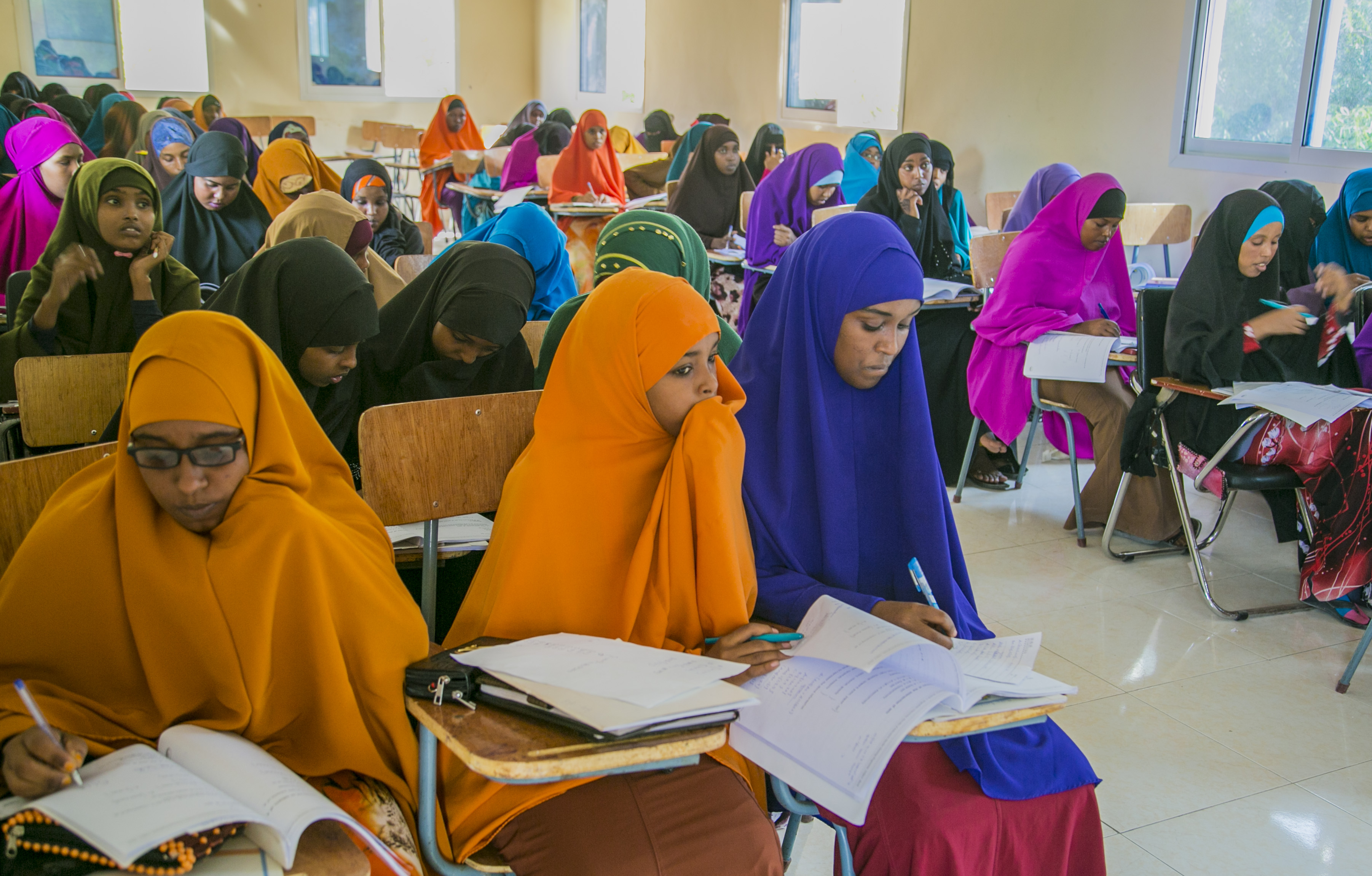
Introduction
Somali youth have not been afforded the opportunity to develop to their full potential and access the opportunities that enable them to grow, develop and prosper as fully engaged, responsive and productive citizens. The protracted conflict and insecurity after the collapse of the Siad Barre regime in 1991 resulted in limited opportunities for Somalis generally and youth in particular. An entire generation has missed out on education, employment and knowing what a stable life is. The unemployment rate for youth is among the highest in the world, at a 67 percent among all 14-29-year olds (UNDP, 2012) with only 40 percent of youth actively looking for work. Somalis under 30 constitute 70 percent of the population but nearly two-thirds would like to leave the country (UNDP, 2012). Unemployment is mainly perceived as contributing to young Somalis’ vulnerability to illegal migration (Tahrib), organized crime, and/or violent extremism.
About the Assessment
USAID/Somalia has commissioned YouthPower Learning to conduct a Cross-Sectoral Youth Assessment (CSYA) using a Positive Youth Development (PYD) lens to better understand the opportunities and challenges for supporting of Somali youth ages 15-30 in their journey from adolescence to adulthood—a transition that includes starting a productive working life, developing healthy lifestyles, and exercising citizenship.
The purpose of this CSYA is to understand the context/status of Somali youth (opportunities and vulnerabilities) and assess models/approaches for implementation of evidence-based programming for adolescents and young people aged 15-30 years to benefit program management and strategic directions for USAID/Somalia.
Key Findings
- The Somali youth experience is largely driven by poverty, food insecurity, and lack of access to education and other services.
- Education is the number one aspiration of younger youth, while employment is the number one aspiration of older youth, especially if they already have some education.
- Unemployment is high among youth, although many do some sort of informal work.
- Major barriers to employment are lack of skills and experience; tribalism/nepotism and corruption; insecurity (lack of freedom of movement and access to land and businesses); and gender discrimination.
- Teen pregnancy, rape in some areas, and substance abuse appear to be on the rise and are big concerns among youth who see these issues as affecting physical and mental health.
- Youth want to be engaged in their communities and with government in decision-making. Most youth, however, see tribalism and control of decision-making by elders as barriers to participation, even in areas where youth are welcome in decision-making bodies.
Somali youth and other stakeholders identified a range of unmet needs and gaps in information and services that would enable them to contribute more meaningfully to the development of their country. Youth want to be engaged in their communities and with government in decision-making, addressing gaps, and expanding opportunities education, livelihoods, health, security, and youth engagement. National development policy and national youth policy indicate insecurity as a driver of poverty and instability or lack of sustainability, making addressing insecurity a priority of government. Therefore, USAID has a window of opportunity to support youth at both small and large scale in its upcoming CDCS and future activities.
